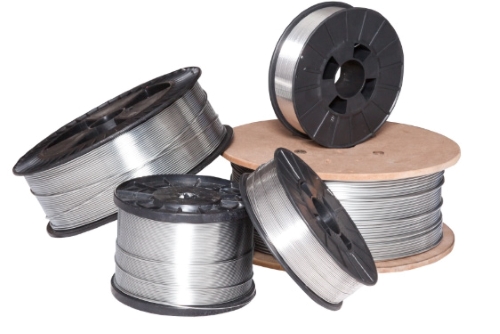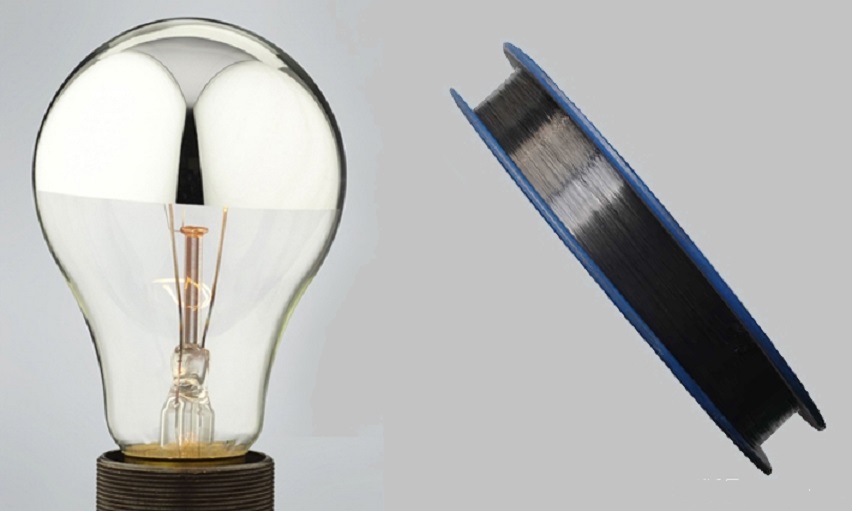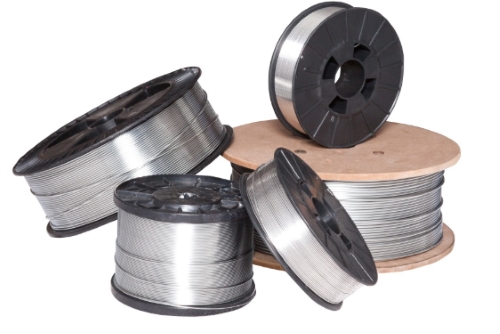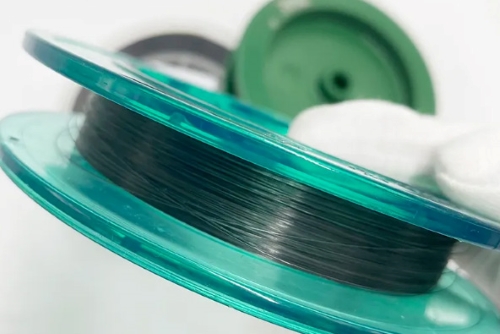Types and Uses of Molybdenum Wire

Types and Uses of Molybdenum Wire
Molybdenum is a silver-white metal with a high melting point and does not undergo oxidation reaction with air at room temperature. Because molybdenum has the advantages of high strength, high melting point, corrosion resistance, and wear resistance, it is widely used in steel, petroleum, chemical, electrical and electronic technology, medicine, and agriculture. Molybdenum wire is a common molybdenum product. In this article, we will take a look at the types and uses of molybdenum wire.

Types and Uses of Molybdenum Wire
Classification of Molybdenum Wire
1. Classification by Composition
· Pure Mo Wire: Made of molybdenum with a purity of ≥99.95%.
· Alloyed Mo Wire: Contains small amounts of alloying elements such as titanium (Ti), zirconium (Zr), or lanthanum (La) to enhance specific properties. Examples include Mo-Ti, Mo-Zr, Mo-La (lanthanated molybdenum wire).
- Coated Mo Wire: Coated with materials like molybdenum disilicide (MoSi2) or aluminum to improve oxidation resistance or other properties.

2. Classification by Manufacturing Process
· Drawn Mo Wire: Produced by drawing molybdenum rods through a series of dies to achieve the desired diameter.
· Sintered Mo Wire: Made using powder metallurgy, where molybdenum powder is pressed and sintered to form wire.
· Annealed Mo Wire: Heat-treated to improve ductility and flexibility.
· Polished Mo Wire: Surface is polished to achieve a smooth finish, reducing friction and improving corrosion resistance.
3. Classification by Surface Finish
· Black Surface Mo Wire: Has a rough, oxidized surface, typically used in high-temperature applications where surface finish is not critical.
· Polished Mo Wire: Smooth and shiny surface, used in applications requiring low friction or high precision.
· Coated Mo Wire: Surface is coated with materials like MoSi2 or aluminum for enhanced properties.

4. Classification by Application
· Wire EDM Mo Wire: Used in electrical discharge machining for precision cutting of metals.
· Heating Element Wire: Used in high-temperature furnaces and industrial heating applications.
· Electrode Wire: Used in welding, glass melting, and electronic devices.
· Structural Wire: Used in aerospace, nuclear, and chemical industries for high-strength components.
· Filament Wire: Used in lighting, vacuum tubes, and electronic devices.
· Medical Wire: Used in medical devices and precision instruments.
5. Classification by Temperature Resistance
· High-Temperature Mo Wire: Designed for use in extreme heat environments, such as furnace components and aerospace applications.
· Standard Mo Wire: Suitable for general-purpose applications with moderate temperature requirements.
Common Industrial Types of Molybdenum Wire
If molybdenum wire is classified according to the material, it can be divided into pure molybdenum wire, high-temperature molybdenum wire, sprayed molybdenum wire, and wire-cut molybdenum wire. Different types of molybdenum wire have different characteristics, and their uses are also different.
Uses of Molybdenum Wire
1. Pure Molybdenum Wire
Pure molybdenum wire has high purity and its surface is black-gray. After alkaline washing, it becomes a white molybdenum wire.
It has good electrical conductivity, so it is often used as a part of light bulbs. For example, it can be used to manufacture filament holders made of tungsten, lead wires for halogen bulbs, and electrodes for gas discharge lamps and tubes.
This type of wire is also used in aircraft windshields, where it acts as a heating element to provide defrosting function; it is also used to make electron tubes and power tube grids.
2. High-temperature Molybdenum Wire
High-temperature molybdenum wire adds lanthanum rare earth element on the basis of pure molybdenum. This molybdenum-based alloy is more popular than pure molybdenum because it has a higher recrystallization temperature, is stronger, and more ductile after exposure to high temperatures. In addition, after being heated to above its recrystallization temperature and processed, the alloy forms an interlocking grain structure to help resist sagging and structural stability.
Therefore, it is often used for high-temperature structural materials, such as printing pins, nuts and screws, halogen lamp holders, high-temperature furnace heating elements, and lead wires for quartz and high-temperature ceramic materials.
3. Molybdenum Spraying Wire
The sprayed molybdenum wire is mainly used for wear-prone automotive parts, such as piston rings, gearbox synchronization parts, gear selector forks, etc. A thin layer of coating is formed on the worn surface, which can make vehicles and parts subjected to high mechanical loads have excellent lubrication performance and wear resistance.
4. Molybdenum Cutting Wire
Molybdenum wire is used for wire cutting to cut almost all conductive materials, including metals such as steel, aluminum, brass, titanium, and other types of alloys and superalloys.
Further reading: Why Can Molybdenum Wire Cut Metal?
Conclusion
Thank you for reading our article and we hope it can help you have a better understanding of the types and uses of molybdenum wire. If you want to learn more about molybdenum, we would like to advise you to visit Advanced Refractory Metals (ARM) for more information.
Headquartered in Lake Forest, California, USA, Advanced Refractory Metals (ARM) is a leading manufacturer & supplier of refractory metals & alloys across the world. It provides customers with high-quality refractory metals & alloys such as molybdenum, tantalum, rhenium, tungsten, titanium, and zirconium at a very competitive price.
{{item.content}}
LEVE A REPLY
{{item.children[0].content}}
{{item.content}}






